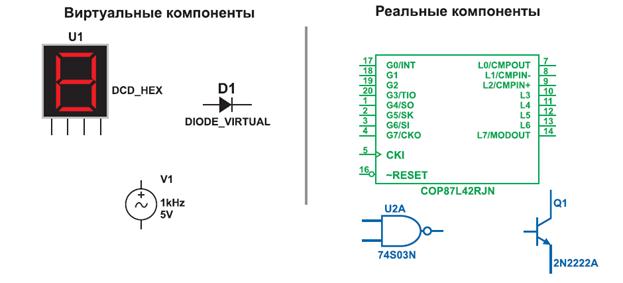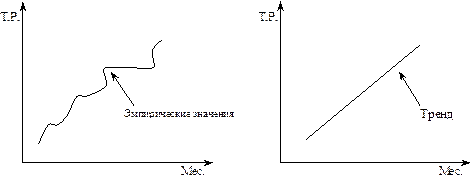Fig. 2.1. Deming Cycle (PDCA)
It is a universal improvement methodology, the idea being to constantly improve, and thereby reduce the difference between the requirements of the customers and the performance of the process. The cycle is about learning and ongoing improvement, learning what works and what does not in a systematic way; and the cycle repeats; after one cycle is complete, another is started.
Good quality management requires quality actions to be planned out, improved and controlled. The process achieves control at one level of quality performance, then plans are made to improve the performance on a project-by-project basis, using tools and techniques such as Pareto analysis. This activity eventually achieves breakthrough to an improved level, which is again controlled, to prevent any deterioration (see Fig. 2).
Fig. 2.2. Juran’s quality trilogy
Juran believed quality is associated with customer satisfaction and dissatisfaction with the product, and emphasised the necessity for ongoing quality improvement through a succession of small improvement projects carried out throughout the organisation. His ten steps to quality improvement are: • build awareness of the need and opportunity for improvement; • set goals for improvement; • organise to reach the goals; • provide training; • carry out projects to solve problems; • report progress; • give recognition; • communicate results; • keep score of improvements achieved; • maintain momentum.
“ An effective system for integrating quality development, quality maintenance and quality improvement efforts of the various groups within an organisation, so as to enable production and service at the most economical levels that allow full customer satisfaction”. The 40th Anniversary edition of Dr A.V. Feigenbaum's book “Total Quality Control” defines TQC in the form of ten crucial benchmarks for total quality success. These are that: § quality is a company-wide process; § quality is what the customer says it is; § quality and cost are a sum, not a difference; § quality requires both individual and team zealotry; § quality is a way of managing; § quality and innovation are mutually dependent; § quality is an ethic; § quality requires continuous improvement; § quality is the most cost-effective, least capital-intensive route to productivity; § quality is implemented with a total system connected with customers and suppliers. Feigenbaum is also known for his concept of the “hidden plant“, the idea that so much extra work is performed in correcting mistakes that there is effectively a hidden plant within any factory. Feigenbaum quoted a figure of up to 40% of the capacity of the plant being wasted. At the time this was an unbelievable figure; even today some managers are still to learn that this is a figure not too far removed from the truth.
|

 1.2. Dr Joseph M. Juran (1904-2008) was the first to ground the transition from Quality Control to Quality Management. He believes that quality does not happen by accident, it must be planned, and that quality planning is part of the trilogy of planning, control and improvement.
1.2. Dr Joseph M. Juran (1904-2008) was the first to ground the transition from Quality Control to Quality Management. He believes that quality does not happen by accident, it must be planned, and that quality planning is part of the trilogy of planning, control and improvement.

 1.3. Armand V. Feigenbaum (1922) devised the concept of Total Quality Control, later known as Total Quality Management (TQM). He defined it as:
1.3. Armand V. Feigenbaum (1922) devised the concept of Total Quality Control, later known as Total Quality Management (TQM). He defined it as:


